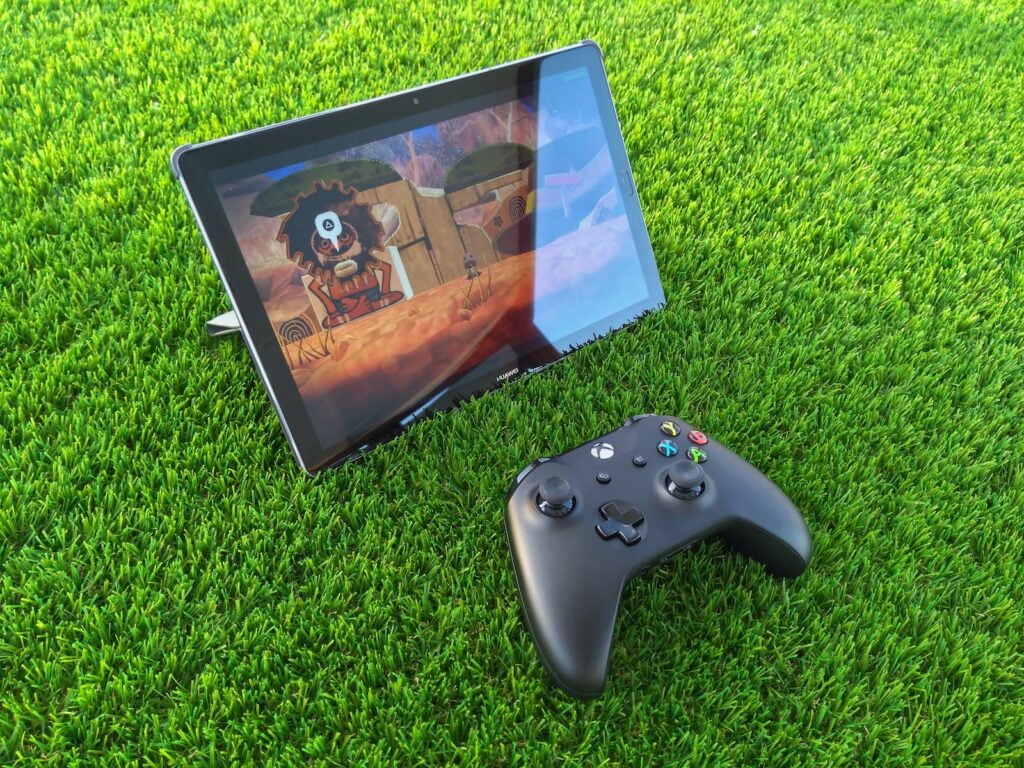
Emulators and Field Programmable Gate Arrays (FPGAs) are two distinct technologies that can be used for retro gaming emulation. While they both have the ability to emulate retro gaming hardware, they differ in their implementation and performance.
Emulators are software programs that run on a computer or other hardware and emulate the behavior of a particular retro gaming console or system. The emulator software is designed to simulate the hardware of the original console or system, allowing it to run the original games without needing the original hardware. Emulators typically use a software-based approach to emulate the original hardware, and they can run on a wide range of hardware platforms, including PCs, Raspberry Pi devices, and smartphones.
FPGAs, on the other hand, are hardware devices that can be programmed to emulate the behavior of a particular retro gaming console or system. Unlike emulators, FPGAs use a hardware-based approach to emulate the original hardware, which can result in better performance and more accurate emulation. FPGAs are designed to be reprogrammed to emulate different systems, making them a versatile tool for retro gaming emulation. However, FPGAs require specialized hardware and are more expensive than software-based emulators.
Advantages of FPGA over software emulators:
Accuracy
FPGAs can accurately replicate the original hardware of retro gaming systems, which can result in more accurate emulation of the original games. FPGAs can simulate the original hardware at a lower level, which can result in more precise timing and behavior, resulting in a more authentic gameplay experience.
Performance
FPGAs can provide better performance than software emulators, particularly for more demanding retro gaming systems. Because FPGAs are hardware-based, they can provide faster and smoother emulation for games that require more processing power.
Latency
FPGAs can also provide lower latency than software emulators, which can be especially important for certain types of games such as fighting games, where even small amounts of lag can have a significant impact on gameplay.
Customizability
FPGAs can be customized to suit specific gaming needs. This can include adding support for new retro gaming systems or improving the emulation of existing systems.
Disadvantages of FPGA over software emulators:
Cost
FPGA-based systems are generally more expensive than software emulators. FPGAs require specialized hardware, and the costs can add up quickly if you want to emulate multiple retro gaming systems.
Accessibility
FPGAs can be more difficult to set up and use than software emulators. They require a level of technical knowledge and skill to program and operate effectively, which can be a barrier to entry for some users.
Flexibility
FPGAs are less flexible than software emulators in terms of the range of systems they can emulate. While FPGAs can be customized to support different retro gaming systems, they require specific programming for each system, whereas software emulators can often emulate a wider range of systems without any additional setup.
Updates and maintenance
FPGAs require firmware updates and maintenance to ensure that they are up-to-date and functioning properly. This can be time-consuming and requires a certain level of technical skill and knowledge.
In summary, FPGAs provide more accurate emulation, better performance, and lower latency than software emulators, but they can be more expensive, less accessible, and less flexible. The choice between the two depends on personal preferences and requirements.



















































